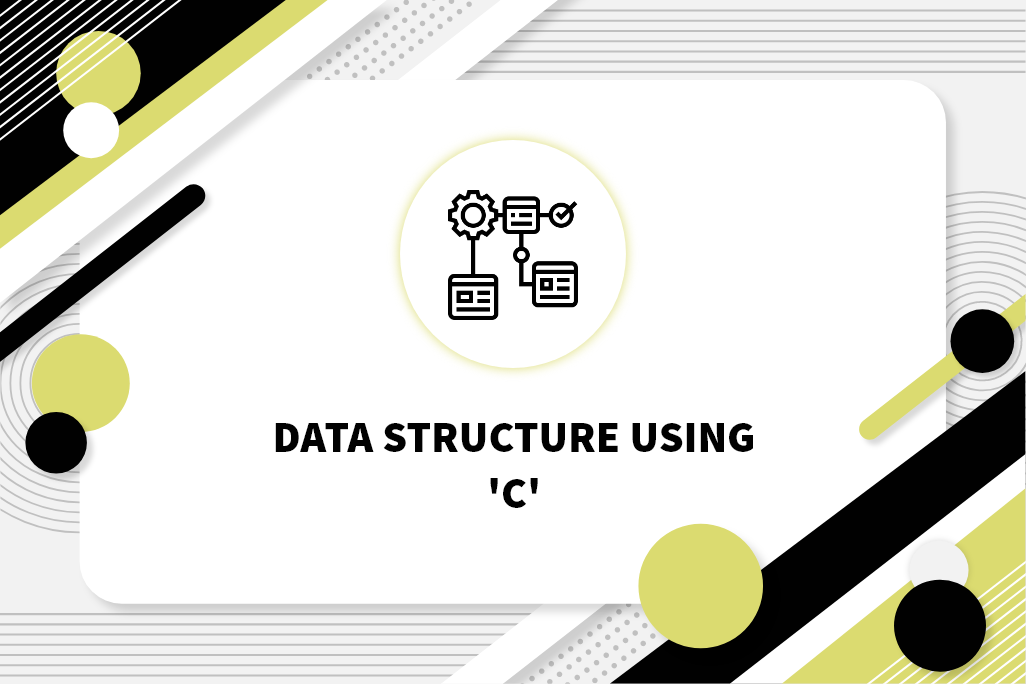Structured Programming
Structured Programming को Modular Programming के रूप में जाना जाता है| यह एक Programming Paradigm है, जो Readable Code और Reusable Component के साथ Program लिखने की Facility Provide करता है। सभी Modern Programming Language, Structured Programming का Support करती हैं| Different Programming Language के Syntax की तरह Support के Mechanism Different होते हैं।
Structured Programming में Library से Module अथवा Code के Element को Reuse किया जा सकता है| विभिन्न Language में लिखे गए Module का use करके Structured Code बनाना भी Possible हो` सकता है| जब कि वे एक Common Module Interface अथवा Application Program Interface (API) Specification को Support करते हैं। जब Module को Reuse किया जाता है, तो Data Security और Governance से Compromise करना Possible है| इसलिए उन Module के Use को Control करने वाली Privacy Policy को Define करना और Apply करना महत्वपूर्ण है, जो उनके साथ Implicit Data Access Right को Implement करती है।
Structured Programming एक Application Program को Module अथवा Autonomous Element के Hierarchy में Divide करने के लिए Encourage करती है, जो कि ऐसे अन्य Element Include कर सकते हैं। प्रत्येक Element में Readability और Maintainability में सुधार के लिए Design किए गए Related Logic के Block का use करके Code को और Structured किया जा सकता है।
Types of Structured Programming
Procedural Programming
Procedural Programming एक प्रकार की Structured Programming है, जो किसी Problem को Solve करने के लिए Procedure अथवा Routine के Sequence का Follow करती है। इसमें एक Program को छोटे Manageable Part में Break करना और इनमें से प्रत्येक Part को Handle के लिए Procedure अथवा Function को लिखना Include है।
Data को Organize, Manipulate, Algorithm को Implement करने के लिए Procedural Programming का use किया जाता है। Procedural Program में Procedure को Data Structure के साथ काम करने के लिए लिखा जाता है, जैसे Arrays, Linkedlists, Stacks, and Trees।
Procedure इन Data Structure पर Operation करती हैं, जैसे Data को Insert करना, Delete अथवा Search, Short करना और Data को Different Form में Change करना| Data Structure में Procedural Programming के Advantages में Modularity, Reusability, और Readability Include हैं। Procedural Approach Code को Debug और Maintenance को आसान बनाता है, क्योंकि प्रत्येक Procedure का अलग-अलग Testing और Modification किया जा सकता है।
Service Oriented Programming
Service Oriented Programming (SOP) एक Software Design Paradigm है, जो Modular और Reusable Component को बनाने पर Focused है, जिन्हें Service के रूप में जाना जाता है| Servies को Complex Application को Build करने के लिए जोड़ा जा सकता है। SOP में, Service को एक Provider द्वारा Define और Publish किया जाता है, और Client Specific Works को Complete करने के लिए इन Service को Consume कर सकते हैं।
Service का उपयोग Different Data Structure और उनके Operation तक Access Provide करने के लिए किया जा सकता है। Example– Services को Binary Search Tree पर General (Insert, Delete, Search) Operation करने के लिए Define किया जा सकता है|
Object Oriented Programming
Object Oriented Programming (OOP) एक Programming Paradigm है, जो Objects के Concept पर Based है| जिसमें Data और Function Include हो सकते हैं, जो उस Data पर काम करते हैं। OOP में Object, Class के उदाहरण हैं, जो किसी Special Object के Properties और Behavior को Define करते हैं।
Object Oriented Programming का उपयोग Data Structure को Object के रूप में Model करने के लिए किया जा सकता है। Example– Linkedlist Data Structure को एक Class के रूप में Implement किया जा सकता है| List में प्रत्येक Node को उस Class के Object के रूप में Represent किया जाता है। Linkedlist Class में Data Insert, Delete तथा Search के तरीकों को Define किया जा सकता है| और Linkedlist Data Structure में Manipulate करने के लिए Class की Object का use किया जा सकता है।
Advantages of Structured Programming
- Modularity: Structured Programming, Small, Well-Defined Procedure अथवा Specific Task को करने वाले Function के uses को Promote करती है। इससे Code को समझना, Maintain रखना और Debug करना आसान हो जाता है, क्योंकि Program के प्रत्येक Part को अलग-अलग Study और Modify किया जा सकता है।
- Reusability: Code को Smaller Procedure अथवा Function में Break करके Program के अन्य Parts में इन Parts को Reuse करना Possible है|
- Readability: Structured Programming, Code को समझना आसान बनाता है, क्योंकि प्रत्येक Procedure अथवा Function का एक Clear Purpose होता है| और Program के Control Flow को Follow करना आसान होता है। इससे अन्य Programmer के लिए Code के साथ काम करना आसान हो जाता है|
- Debugging: Code को Smaller Procedure अथवा Function में Break करके Bug को Identify और Fix करना आसान होता है। यदि कोई Bug पाया जाता है, तो Program को एक Specific Procedure अथवा Function से अलग करना और Test करना और बड़ी मात्रा में Code के बिना इसे Fix करना आसान होता है।
